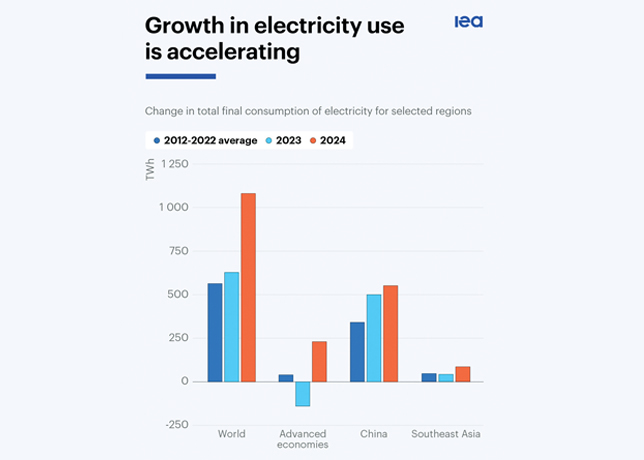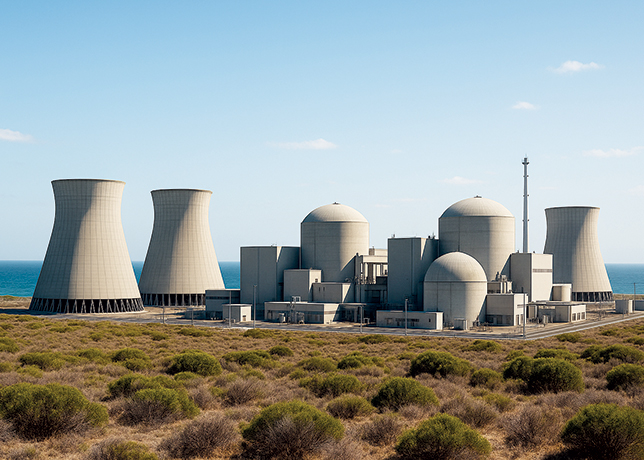
Perceptions of oversupply among oil market participants from increasing OPEC+ output and uncertainty about the economic impact of tariffs have raised short-term oil price volatility, the US Energy Information Administration said.
Oil prices hit a four-year low on Monday after the Organization of the Petroleum Exporting Countries and its allies, known together as OPEC+, agreed to another accelerated oil output hike for June. Reuters later reported the group is planning to further speed output hikes going forward.
Still, the EIA said it expects OPEC+ to keep production below the group's current target path. It forecast supply from the group to increase by about 200,000 barrels per day this year to 42.9 million bpd, up from 42.8 million bpd in the EIA's prior forecast.
US President Donald Trump's unpredictable tariff policies have also been a major drag on oil prices in recent months, as economists warn they could slow global trade and cause a recession.
"The effect that new or additional tariffs will have on global economic activity and associated oil demand is still highly uncertain and could weigh heavily on oil prices going forward," the EIA said in its short-term energy outlook report.
Falling oil prices have prompted US oil producers to cut spending and caution that the country's oil output may have peaked at current commodity prices.
The EIA now expects US oil output to set a smaller record this year at 13.42 million bpd, down from its prior forecast of 13.51 million bpd. Output next year will rise to 13.49 million bpd, the EIA said, down from its prior forecast of 13.56 million bpd.
US West Texas Intermediate crude oil prices will average $61.81 a barrel this year, the EIA said, a more than $2 per barrel reduction to its prior forecast.
The agency lowered its 2025 Brent crude price forecast to $65.85 a barrel, from $67.87 a barrel. - Reuters





























































